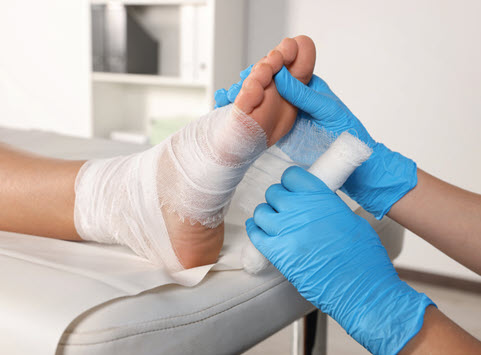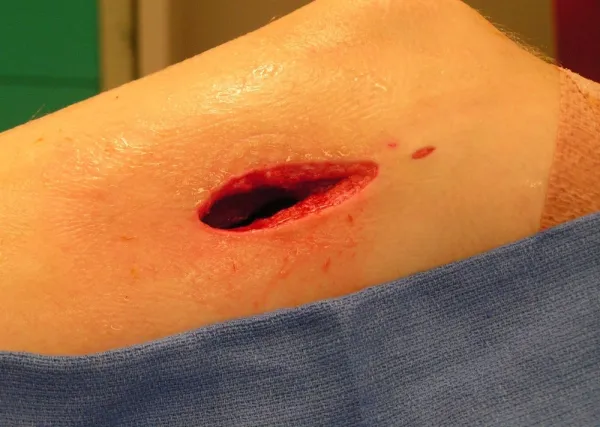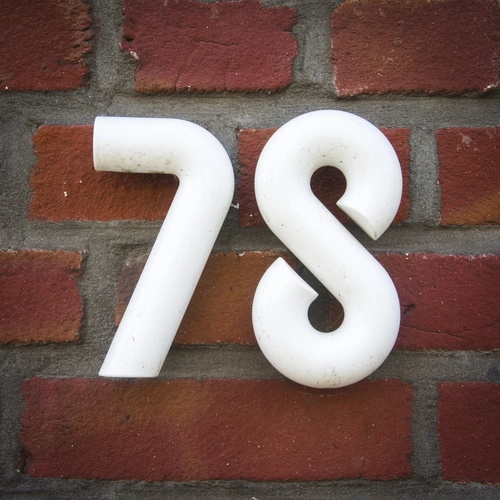5 Tips Help You Code Unna Boot Applications With Ease
Modifiers key to avoiding massive bundling issues. Unna boot coding can create confusion at podiatry practices, thanks to multiple bundling issues, the way the procedure crosses over with dermatology services, and the question of whether to report the supplies separately. Fortunately, practices that take a few minutes to nail down exactly what’s covered and what’s separately billable can prevent denials and appeals down the line. Check out these five tips that can help you code your way to Unna boot success. Tip 1: The Unna Boot Crosses Podiatry, Dermatology Services The first issue with Unna boot coding is making sure you understand the difference between an Unna boot and a walking boot. So while the walking boot is largely used to treat orthopedic injuries, the Unna boot is a combination dermatological/orthopedic dressing that’s often used for patients with ulcers, edemas, and sores. Differentiating the two will help you find the right code. Tip 2: Bilateral Unna Boot Application Warrants Modifier 50 Your podiatrist may encounter patients who require Unna boots on both legs. But instead of listing each Unna boot application on a separate claim line, you should employ modifier 50 (Bilateral procedure) for this service. The 2023 Medicare Physician Fee Schedule allows providers to collect 150 percent of the fee for 29580 when both legs are addressed, making this your best bet in lieu of payer guidance. Caveat: Some payers may want you to list 29580 on separate claim lines, either with one unit listed after each other or with the LT (Left side) and RT (Right side) modifiers appended. So, you should make sure you understand and follow different payer preferences. Tip 3: Supplies Are Typically Included in 29580 Because your practice uses a specific type of dressing for Unna boot applications, you may be tempted to bill the supplies to your payer. For insurers that follow National Correct Coding Initiative (NCCI) Guidelines (such as Medicare), you should avoid that urge, since NCCI bundles surgical dressings into the procedures themselves. In black and white: The NCCI Coding Policy Manual states, “Some services are integral to large numbers of procedures,” and lists several examples, including, “Application, management, and removal of postoperative dressings and analgesic devices,” as well as “Surgical closure and dressings” (www.cms.gov/files/document/ chapter1generalcorrectcodingpoliciesfinal11.pdf). Plus: The Medicare Local Coverage Determination (LCD) for Unna boots states, “All supply items related to the Unna boot are inclusive in the reimbursement for 29580” (www.cms.gov/medicare-coverage-database/view/article.aspx?articleId=55818). However, some private payers may be willing to reimburse practices for Unna boot supplies using A6456 (Zinc paste impregnated bandage, non-elastic, knitted/woven, width greater than or equal to 3 inches and less than 5 inches, per yard). Always check with your insurer if you’re unclear rather than just billing the supply code and hoping for the best. Tip 4: E/M Service Is Typically Included With 29580 When it comes to evaluation and management (E/M) services, you won’t be able to report them with your Unna boot applications in most situations. The NCCI bundles the E/M codes (99202-99215) into 29580, so if you report both services, you’ll collect for the Unna boot application, but the E/M service will be denied. Exception: If the podiatrist sees the patient for a separate issue during the same visit when they’re applying the Unna boot, then you can report 29580 along with the E/M service, as long as you apply modifier 25 (Significant, separately identifiable evaluation and management service by the same physician or other qualified health care professional on the same day of the procedure or other service) to the appropriate E/M code. But remember: “Although NCCI guidelines do not require a separate diagnosis to apply a 25 modifier, it will assist in timely claim payment. It is also important to clearly show a thought process. Since necessary components of evaluating a patient are included in Unna boot application, documentation should indicate the physician was considering elements outside of the normal evaluation and management components included in the global procedure rules,” says Jennifer McNamara CPC, CCS, CPMA, CRC, CGSC, COPC, AAPC Approved Instructor, director of education and coding at OncoSpark in Southpark, Texas. Tip 5: Unna Boot Application Is Bundled Into Ulcer Debridement In some cases, your podiatrist may debride the patient’s ulcer prior to applying the Unna boot. In this situation, you’ll report the appropriate debridement code (11042-+11047), but not 29580. The NCCI bundles Unna boot application into the debridement codes, so you’ll get paid for the debridement, but 29580 will be denied. In black and white: The Unna boot LCD states, “When both a debridement is performed and an Unna boot is applied, only the debridement may be reimbursed.” The only exception to this rule is if you applied an Unna boot to one leg and debrided the opposite leg. In that case, you can append modifiers (such as LT and RT) to 29580 and the debridement codes so the payer will know that you addressed separate limbs. Torrey Kim, Contributing Writer, Raleigh, N.C.





